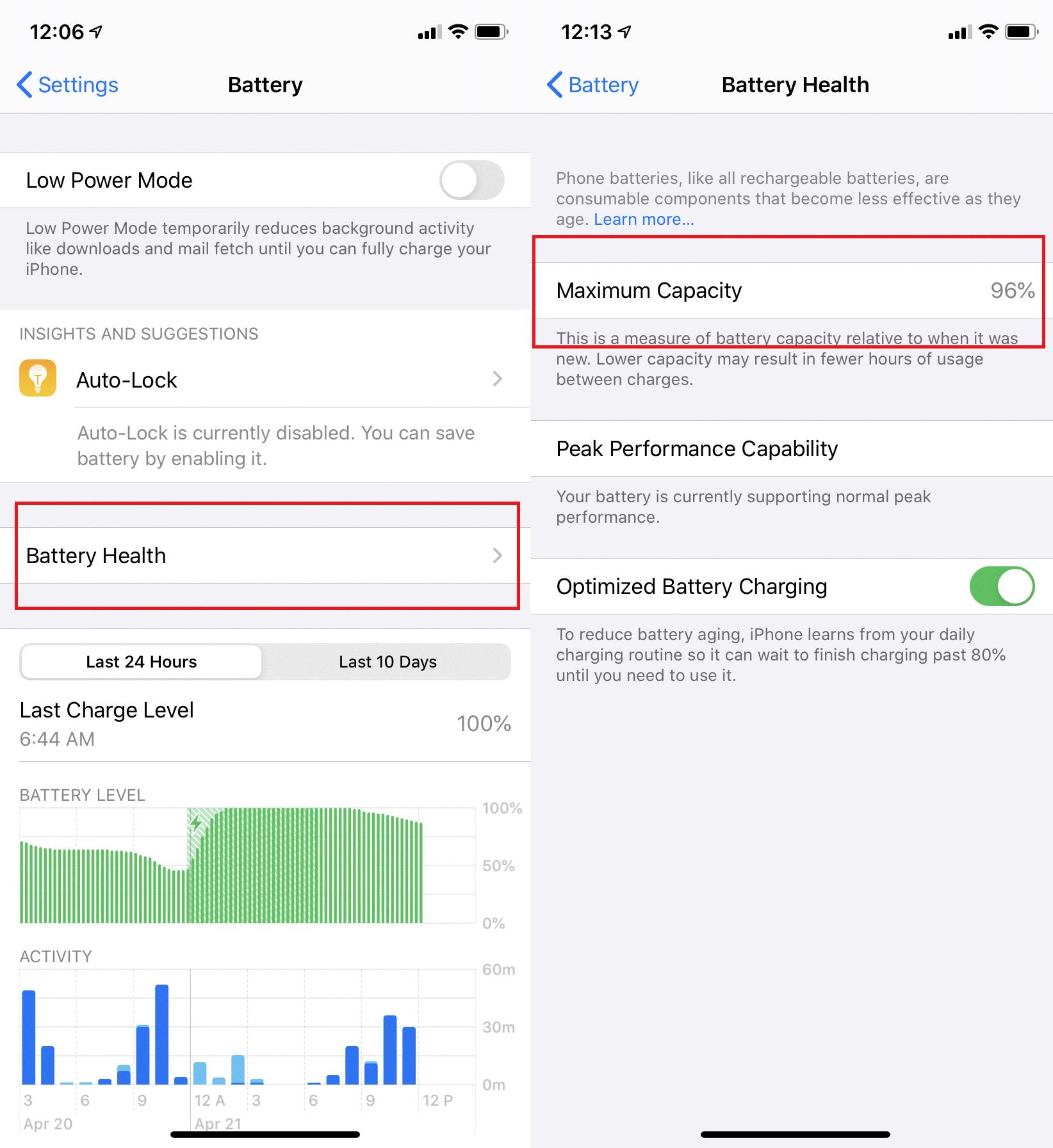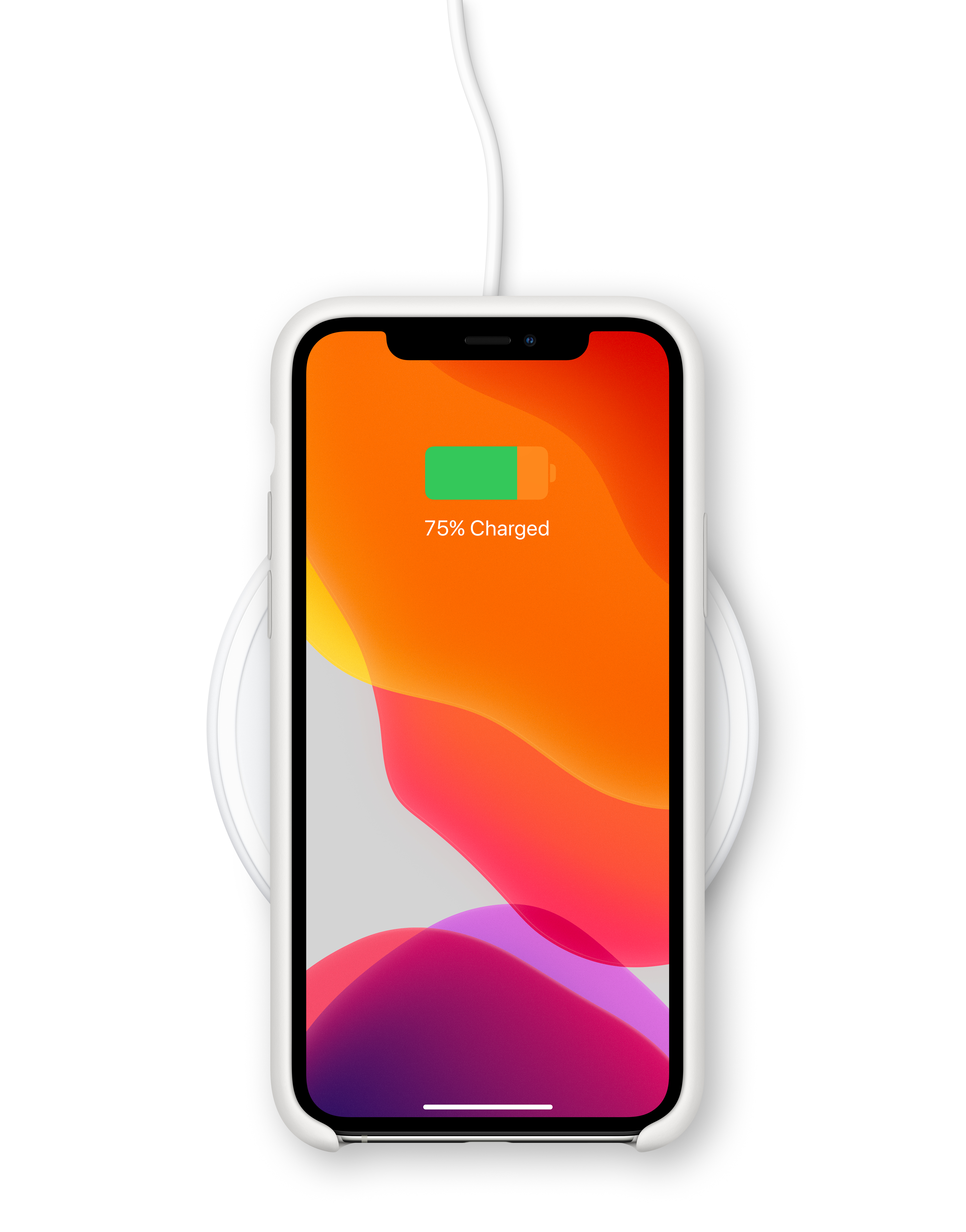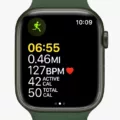The capacity of an iPhone battery is an essential factor that affects its overall performance and longevity. Understanding the battery’s capacity and knowing when to replace it can help you maintain optimal functionality for your device.
The battery capacity of an iPhone is measured in milliampere-hours (mAh), which indicates the amount of charge the battery can hold. The higher the capacity, the longer the battery will last before needing to be recharged.
For instance, the iPhone battery capacity can vary depending on the model you own. The latest iPhone 12 Pro Max, for example, has a battery capacity of 4352 mAh. This means that it can hold a larger amount of charge compared to previous iPhone models.
Over time, the battery’s capacity naturally degrades due to regular usage and charging cycles. As a general guideline, Apple suggests that an iPhone should retain up to 80% of its original battery capacity after 500 complete charge cycles.
To check your iPhone’s battery health, you can go to the Settings app, then navigate to the Battery section and select Battery Health. Here, you will find information about the current maximum capacity of your battery and whether it is still performing optimally.
Once your iPhone’s battery health drops below 80%, it is a good indication that the battery is starting to degrade, and you may consider replacing it. However, it’s important to note that a battery health percentage of 75% or below does not necessarily mean your iPhone will stop functioning. It will still perform reasonably well, but you may notice a decline in overall battery life and performance.
Replacing the battery of your iPhone can help restore its performance and extend its lifespan. Apple offers battery replacement services, and you can also choose to have it replaced by authorized third-party repair centers. It’s recommended to consult with a professional technician who can guide you in selecting the right battery replacement option for your specific iPhone model.
Understanding the capacity of your iPhone battery and monitoring its health is crucial for maintaining optimal performance. Once the battery health drops below 80%, it may be a good time to consider replacing it. By taking care of your iPhone’s battery, you can ensure that it continues to serve you well and provide a reliable power source for your daily activities.
At What Capacity Should An iPhone Battery Be Replaced?
When considering replacing an iPhone battery, it is generally recommended to do so when the battery’s capacity falls below 80% of its maximum capacity. To determine the battery’s health and capacity, you can check the settings on your iPhone. Here are the steps to follow:
1. Open the Settings app on your iPhone.
2. Scroll down and tap on “Battery”.
3. Select “Battery Health”.
In the Battery Health section, you will find information about your iPhone’s battery, including its maximum capacity and its peak performance capability. If the maximum capacity is below 80%, it indicates that the battery is significantly degraded and may not hold a charge for an optimal amount of time.
Replacing the battery will help restore the device’s battery life and overall performance. It is important to note that battery replacement can be done by authorized service providers or at an Apple Store. It is recommended to seek professional assistance to ensure a proper and safe battery replacement.
Regularly checking your battery health can help you identify when it’s time to replace the battery, ensuring that your iPhone continues to function optimally.

What is A Bad Maximum Capacity For iPhone Battery?
A bad maximum capacity for an iPhone battery would be below 80 percent. Once the battery health percentage drops below 80 percent, your iPhone’s battery starts to lose its ability to hold a charge effectively. This means that you will experience shorter battery life and may need to charge your iPhone more frequently. It is recommended to consider replacing the battery once it falls below this threshold to ensure optimal performance and usage of your device.
Is 75 Battery Health Good?
A battery health of 75% is not considered good for an iPhone. Although the device will still perform adequately, it indicates that the battery has experienced some level of degradation. As the battery health continues to decline, you can expect further deterioration in performance. Here are a few points to consider regarding a battery health of 75%:
1. Performance Impact: While your iPhone may still function reasonably well, you may start noticing a decrease in battery life. The device may not last as long between charges, requiring more frequent recharging.
2. Aging Battery: A battery health of 75% suggests that the battery has undergone significant wear and tear over time. This can be due to factors like usage patterns, temperature exposure, or charging habits.
3. Future Degradation: As the battery health deteriorates further, you can anticipate a more noticeable decline in performance. The battery may drain faster, and you may experience unexpected shutdowns or the device powering off even when the battery percentage appears to be sufficient.
4. Potential Remedies: If your iPhone’s battery health is at 75% or lower, it might be worth considering a battery replacement. Replacing the battery can restore your device’s performance and provide better battery life.
5. Battery Health Management: In newer versions of iOS, Apple introduced a Battery Health Management feature to optimize battery charging and slow down battery aging. Enabling this feature can help extend the overall lifespan of your battery.
It’s worth noting that different iPhone models have varying battery capacities, so the impact of a 75% battery health may differ slightly between devices. However, in general, a battery health of 75% indicates that your battery has started to show signs of wear and tear, and it may be a good idea to keep an eye on its performance and consider a replacement if necessary.
Conclusion
The capacity of an iPhone battery is an important factor to consider for optimal performance and longevity of your device. Ideally, your iPhone should retain at least 80% of its original battery capacity after 500 complete charge cycles. This ensures that your battery can hold a significant amount of charge and provide sufficient power for your daily usage.
However, once the battery health percentage drops below 80%, the capacity of your battery starts to diminish. This means that it will not be able to hold as much charge as before, leading to decreased battery life and potentially impacting the overall performance of your iPhone.
If your iPhone’s battery health has slipped to 75% or below, it is still considered acceptable and your device should function reasonably well. However, it is important to note that further degradation is likely to occur, and you may experience lower battery numbers and potentially worse performance in the near future.
To ensure that your iPhone continues to perform optimally, it is recommended to monitor your battery health regularly and consider replacing the battery once it reaches a capacity below 80%. By doing so, you can extend the lifespan of your device and maintain a satisfactory user experience.








